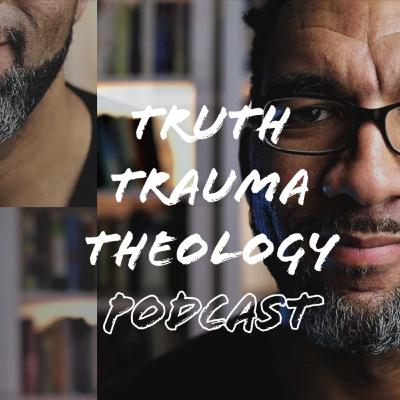Comfort in the Ashes: Explorations in the Book of Job to Support Trauma Survivors with Dr. Michelle Keener
Description
It's time for church leaders and believers to stop offering prettily packaged responses from a safe distance. It's time for us to sit in the ashes with the hurting, our Sunday clothes covered in dirt and grime, our faces lined with tears. Trauma brings people to the ash heap, so that is where the church needs to go.
The church should serve as a refuge for people in pain. And yet, we often end up unintentionally causing more hurt to trauma survivors. Theological platitudes and positive thinking aren't simply dismissive to those who suffer, but they inevitably retraumatize the wounded. Does the Bible have anything practical to offer for church leaders as they engage the pain in their congregations?
Biblical scholar Michelle Keener shows us that the book of Job provides embodied and practical answers for the church today. In this incredible tool for ministry leaders and trauma survivors alike, Keener offers:
- deep wisdom at the intersection of trauma theory and the book of Job for Christian communities
- reflection questions for ministry practitioners and those walking alongside those who have experienced trauma
- engagement with the idea of a shattered worldview and how to overcome the effects of that experience.
Comfort in the Ashes helps leaders navigate their own trauma and gives practical guidance for supporting others whose worlds are falling apart. God meets us in our ashes and our pain. It's time for the church to do the same.
1. You define trauma as a response to an event and not the event itself. Why is it important that events are not defined as trauma?
2. In your book, you reference Judith’s Herman’s Three Stages of Recovery. What is it and why did you use Herman’s concept?
3. On page 49-51 you mention how it is common for people to present with Denial, Avoidance, and Shock as a standard
response. However, this can lead friends and family to confuse their presentation with maturity or faithfulness, can you share more about that?
4. In several places you insightfully point to the inner conflict of Job’s friends. How does trauma challenge our ordinary
assumptions of how the world works? Can you also say more
about The Retribution Principle?
5. Toward the end of the book you mention how God comes to Job in his ashes. Why is this important for those who are desperate for hope?
6. You mention the art of Kintsugi, how can this concept help us understand the trauma healing process?





